Fall for cabbages and chrysanthemums
Extend your garden's colour into winter
Advertisement
Read this article for free:
or
Already have an account? Log in here »
To continue reading, please subscribe:
Monthly Digital Subscription
$1 per week for 24 weeks*
- Enjoy unlimited reading on winnipegfreepress.com
- Read the E-Edition, our digital replica newspaper
- Access News Break, our award-winning app
- Play interactive puzzles
*Billed as $4.00 plus GST every four weeks. After 24 weeks, price increases to the regular rate of $19.00 plus GST every four weeks. Offer available to new and qualified returning subscribers only. Cancel any time.
Monthly Digital Subscription
$4.75/week*
- Enjoy unlimited reading on winnipegfreepress.com
- Read the E-Edition, our digital replica newspaper
- Access News Break, our award-winning app
- Play interactive puzzles
*Billed as $19 plus GST every four weeks. Cancel any time.
To continue reading, please subscribe:
Add Winnipeg Free Press access to your Brandon Sun subscription for only
$1 for the first 4 weeks*
*$1 will be added to your next bill. After your 4 weeks access is complete your rate will increase by $0.00 a X percent off the regular rate.
Read unlimited articles for free today:
or
Already have an account? Log in here »
Hey there, time traveller!
This article was published 24/09/2011 (5120 days ago), so information in it may no longer be current.
A time for learning
EACH year I promise I will have the foresight to empty my containers of summer-blooming annuals before the first frost turns them into unsightly displays. Especially when there are 45 of them! We all want to extend summer, though, for as long as we can, and it is always reluctantly that I pull out the faded blooms and add them to the compost pile.
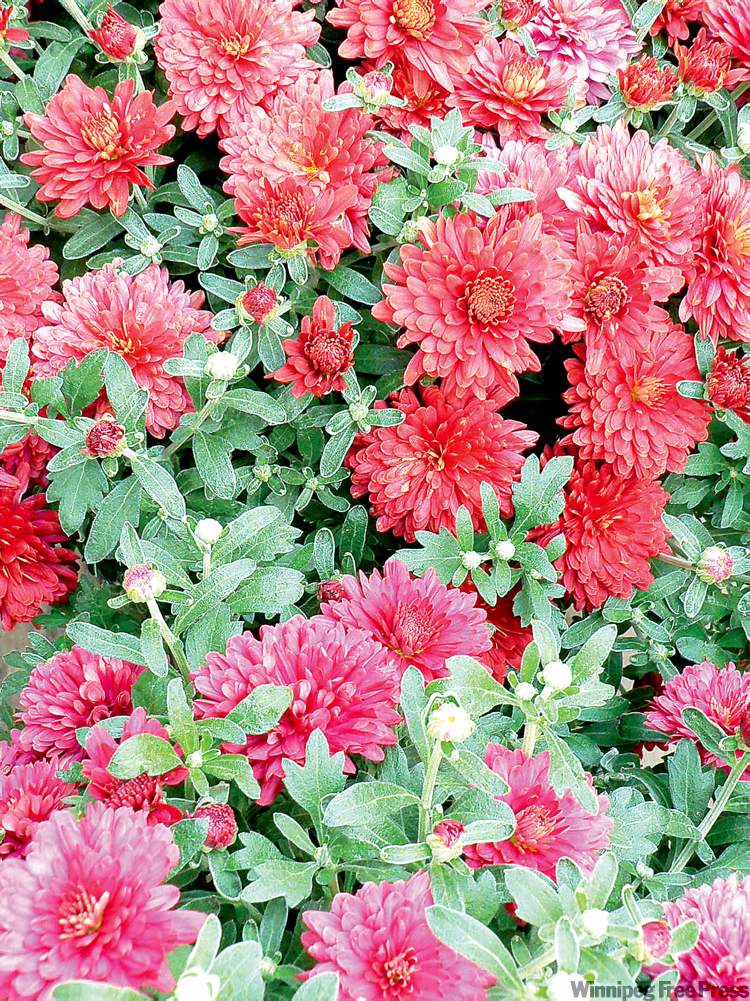
Carla Hrycyna, co-owner of St. Mary’s Nursery & Garden Centre, recommends extending colour into the season when it is no longer possible to extend the summer temperatures. Cold and even freezing temperatures can provide opportunities for dramatic container displays.
This time of year is also ideal for new learning opportunities. Consider registering for the master gardener program this winter. Courses are being offered in both Winnipeg and Brandon and will soon be available in Steinbach. Contact Mary Petersen at Assiniboine Community College, 204-725-8700, ext. 6683 for more details.
Coming up: an interview with Dianna-Mae Hocaluk, executive director of the Farmers’ Market Association of Manitoba. Learn how gardeners and community gardens can help meet the huge and growing demand for fresh local produce!
Colleen.Zacharias@gardensmanitoba.com
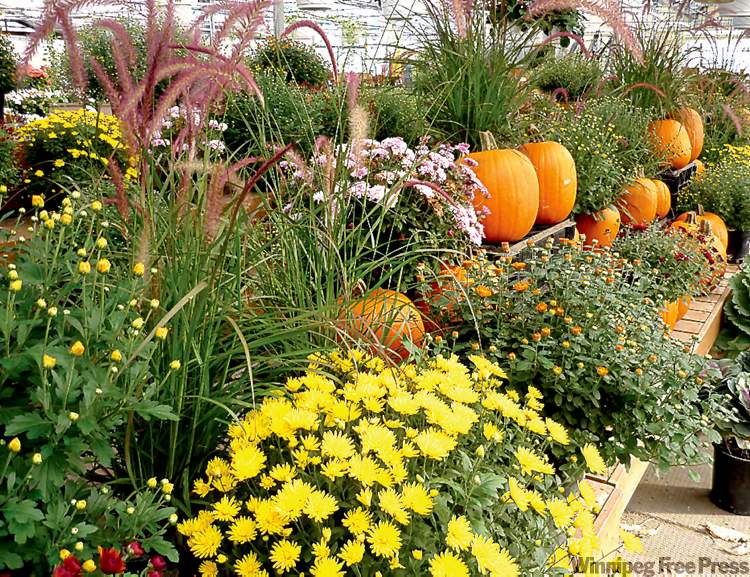
A gardener does not need an excuse to take the passion for gardening from one season to the next.
We have nurtured and watched in awe as spring’s plantings have matured. With the cooler days of fall comes the beginning of cleanup, the creation of perennial beds or the gentle arranging of tulip bulbs in freshly turned soil.
Our craving for gardening and the extension of colour in the yard can continue with fall plantings. Container gardening allows us to have colour, foliage and a degree of gardening extended into the next season and beyond.
Some may stop me at this point and say “What’s the point?” After all, cool temperatures, rain and risk of frost are not normally conducive to gardening.
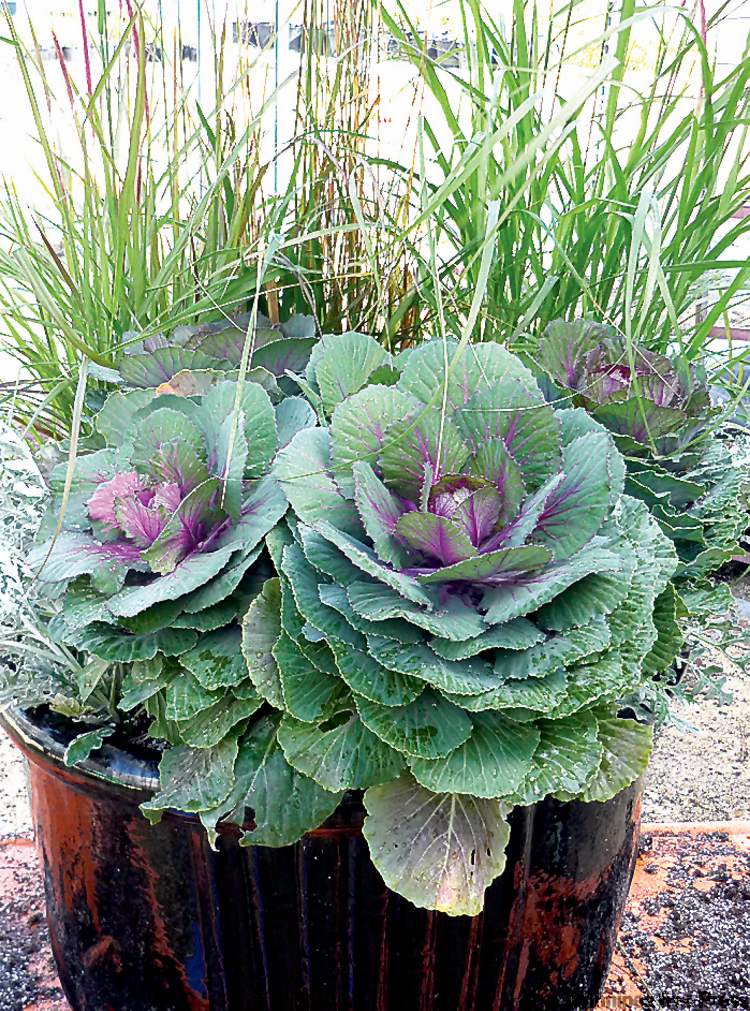
Fall, though, is an invitation to change or supplement our creations with plants that thrive in cool temperatures. There is a wonderful choice of annuals and perennials able to withstand light frost and beyond.
When choosing plants for a fall display, look for rich tones of plum, amber, rust, red and orange.
Chrysanthemums, the most popular fall plant for dressing containers, belong to the Asteraceae family and are more commonly known as the “fall mum.” Their rich green leaves are graced with blooms of varying forms. The most common shapes are pompom, daisy or button, some with varying petal shapes, too. Their 60- to 90-centimetre height give us the option of using them for beds or containers.
The type of mum available for the Easter holiday or Mother’s Day are likely a “florist mum” — often purchased and later discarded. Hardier mums (Chrysanthemum morifolium) are sought for their strong colour performance in the late-season garden, their normal bloom time. It is the ease to which they can be tricked (or forced) into bloom, by regulating the amount of light and darkness they receive, that makes the mum a year-round flower available in florist departments. Look for varieties like Chrysanthemum Jenny Wren red or mammoth yellow. Remember though, hardy mums will only survive the winter if they are planted early enough in the garden to allow the roots to take hold. To aid survival, add flax straw or leaf mulch to the base of the plant. Hardy perennials will not survive our winters if left in an above-ground container. Check to see which type of mum you have purchased.
Another fabulous mature plant to use in the fall is the flowering cabbage or kale. This is not the edible kind of cabbage but the ornamental type. Although they belong in the same class (Brassica oleracea) as our cooking cabbages, the ornamental varieties are not the choice for cooking. The ornamental types are very bitter and tough. The main attraction to using ornamental cabbages in our plantings is the beautifully shaped leaves with heads reaching well over 30 centimetres across. Your choice is either the smooth, rounded form of the ornamental cabbage, or the frilly, scalloped edges of the ornamental kale.
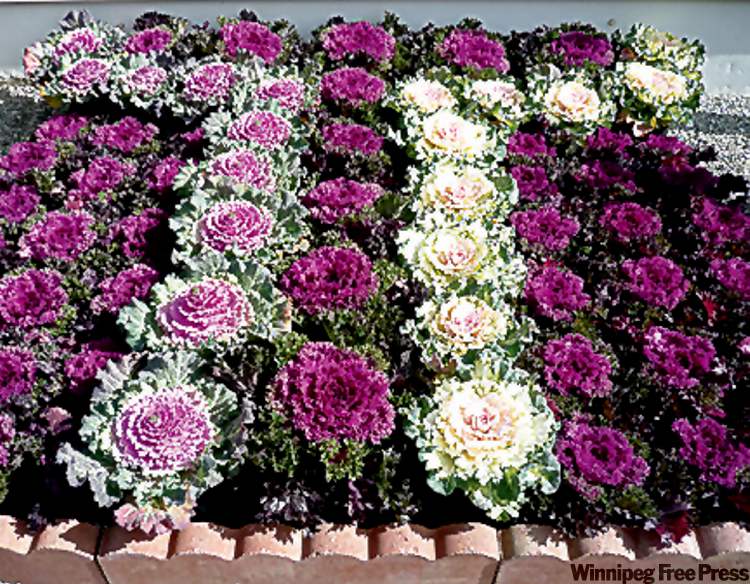
Ornamental kale varieties are slightly smaller, forming tight rosettes. Colours from white to fuchsia to purple graced with tones of green are unique to each ruffled or serrated leaf. Kale and cabbage pigments intensify with cooler temperatures.
Both are best left in the garden to weather the elements through fall to winter, to be removed in spring. Many times ornamental cabbages and kales can be seen with their tops poking through the first winter’s dressing of snow, looking crisp and glorious in full colour. Ornamental cabbages and kales demand a second look.
These annual plant selections, alone or planted in combination with others, continue to bring colour well into the next season. Try combining Pennisetum ‘rubrum,’ an ornamental grass (deep burgundy blades graced with deep rose-coloured seed heads) with the ruffled green to fuchsia emperor red kale, accented with a deep red mum. Space left in the container would benefit from a rich burgundy or burnt orange-coloured leaf of a heuchera (coral bell). Added elements could include gently wrapping with trimmings of grapevines that have been stripped of their leaves, giving the arrangement a “nest” look. An added advantage of this combination is it can be transformed quickly to a Thanksgiving or Halloween display by adding bright orange miniature pumpkins, colourful gourds or a cluster of multicoloured ornamental corn at the base of the plants.
But why stop there?
In November, you can transform your fall creation into a winter one by cutting back the foliage of your old plants to make way for scented boughs of silver fir, cedar or white pine. The foundation, once set, can be adorned with fresh accents of cascading red pepperberry, dramatic magnolia leaves, skimmia and eucalyptus (in hues of gold or red). Your choice may extend to colourful ribbons, weatherproof garlands or sprays of artificial berries. Dramatic vertical height can be achieved by placing lengths of red-stemmed dogwood or whimsical curly willow branches in the centre. Strands of white mini-lights gently placed among the boughs and woven between the branches add a warm effect, especially after the first dusting of snow.
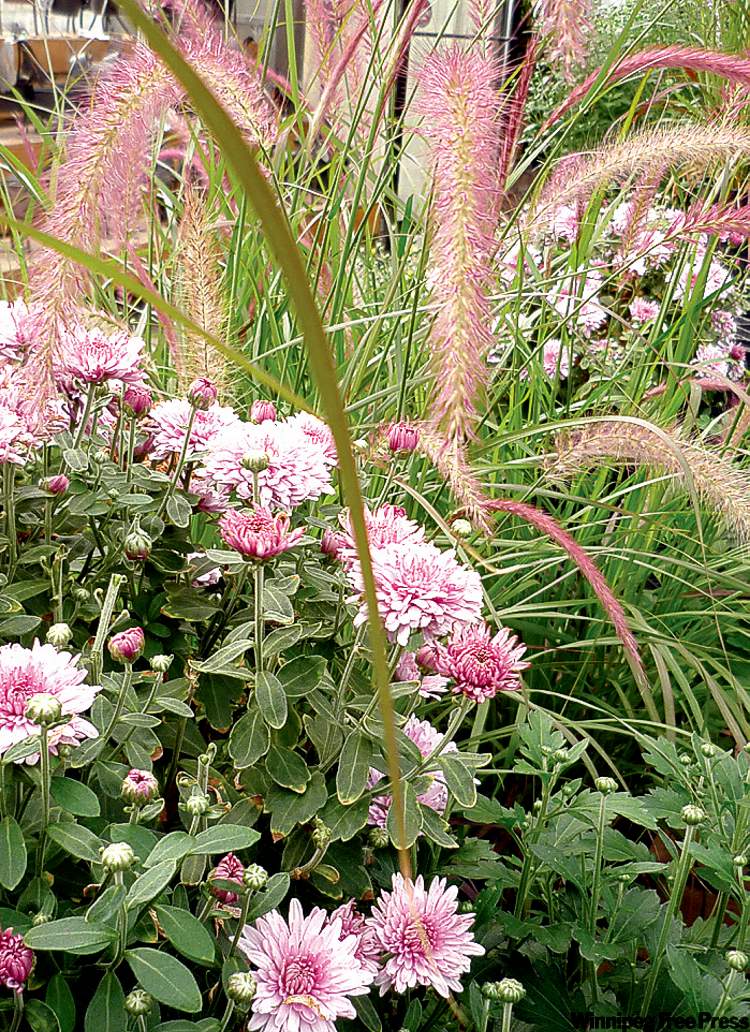
Imaginative container arrangements act as welcoming sentinels to our homes and the ones you create in the fall can be just the beginning!
Carla Hrycyna is co-owner of St. Mary’s Nursery.

